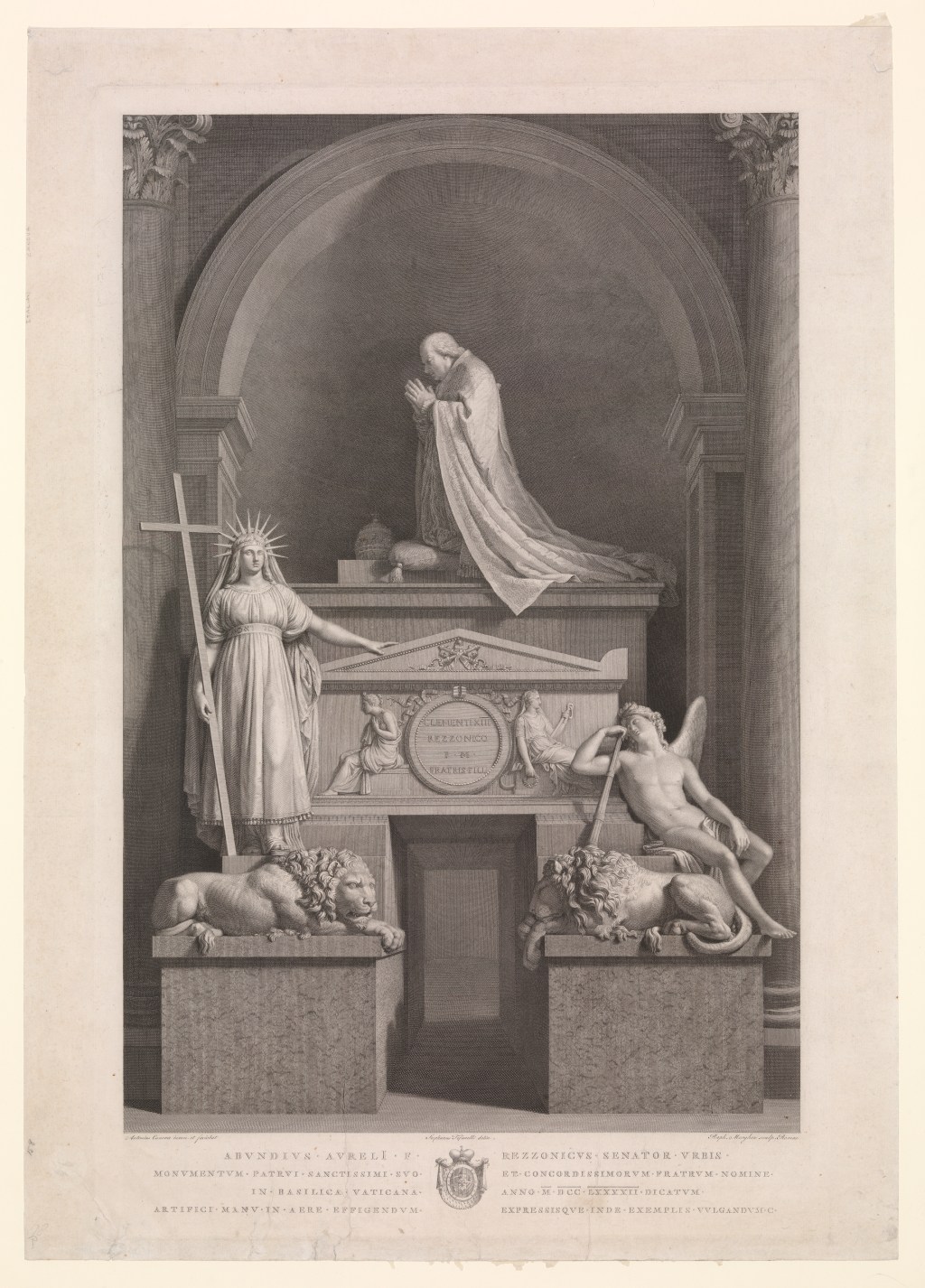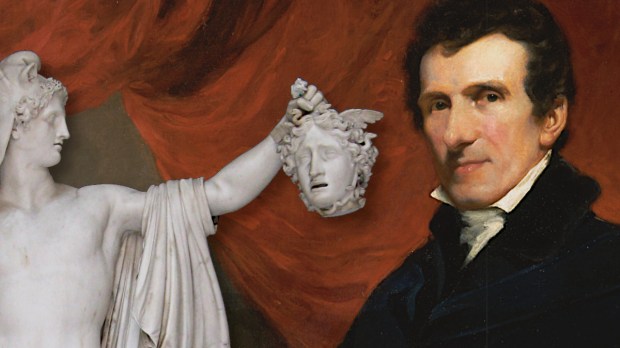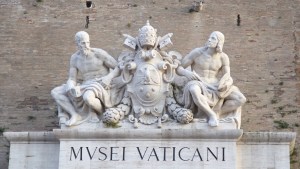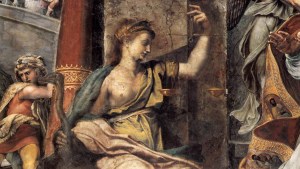Antonio Canova is, for many, the greatest of all Neoclassical sculptors. Avoiding the dramatic excesses of the baroque and the typical distance of neoclassicism, he was deemed the New Phidias. His career was deeply shaped by the Papal Court: spending 40 years in its service, he became an undisputed protagonist of the many artistic turns of the late 18th and early 19th centuries. Now, as the bicentennial celebrations since his death in 1822 are coming to an end, the Vatican Museums pay the Venetian sculptor a much deserved tribute.
His first major papal commission came in 1787, when he was commissioned with Pope Clement XIV’s tomb. This work established his reputation as a master of Neoclassical sculpture. His connection with the Vatican continued to flourish, and he sculpted numerous statues and busts of notable figures, including several popes, further solidifying his position as the preeminent sculptor of his time –although one of his most iconic commissions was the magnificent statue of Napoleon Bonaparte as Mars the Peacemaker (made at Napoleon’s own personal and insisting demand), a testament to his versatility in sculpting historical and mythological subjects.

A “studio” exhibition
As read in the note published by Vatican News, the Vatican Museums will be running an exhibition, until next January, entirely devoted to Canova’s work in Rome. Made from different sections of the papal collections, the exhibition will recreate the atmosphere of the sculptor’s Roman studio –then located between the Via delle Colonnette and Via di San Giacomo, now called Via Antonio Canova.
Alessandra Rodolfo, the curator of the exhibition and head of the department for 17th- and 18th-century art at the Vatican Museums, told Vatican News that the artist’s atelier “was a much sought-after destination for Grand Tour travelers, but also for artists eager to learn the valuable teachings of the master, who was particularly sensitive to young people in difficulty, whom he also helped personally through hidden charities.”



